By Louise Irvine
The new Hot Glass Gallery at WMODA is enhanced by Chihuly’s spectacular Persian Wall, formerly at Wolfgang Puck’s Postrio Restaurant in San Francisco. The glass rondels look like giant wallflowers on a garden trellis, reflecting Chihuly’s love of flowers and nature.
Arthur Wiener acquired the Persian Wall from Postrio’s Chihuly Room in 2014 after the famous restaurant closed. The magnificent structure was carefully transported from California to Florida, where it graced our original museum for many years. The wall was very challenging to move. Luis Montanez, our logistics manager, custom-built a heavy-duty platform on wheels for the new Hollywood installation, and it took six men to lift the bronze frame into position. The glass rondels were painstakingly replaced and cleaned by the WMODA team.
Chihuly began experimenting with his exotic Persian forms in 1986, collaborating with his gaffer Martin Blank. The rhythmic designs, with their luminous jewel tones and spiraling body wraps, were used initially for table-top compositions and grew organically to become vast wall and ceiling installations.
“In the beginning, the Persians had to do with the contrast between two colors ... between open and closed forms ... and the intensity of the body wraps.” Chihuly.
The Persian wall at WMODA dates back to 1996 and was installed at Puck’s Postrio Restaurant, which was designed by Pat Kuleto, the famous restaurant entrepreneur. The New York Times claimed that a meal at Postrio’s was like “dining inside a kaleidoscope” with its spectacular modern art, including blown-glass light fixtures and a million-dollar Rauschenberg painting.
Two of Chihuly’s paintings were displayed alongside his glass wall at Postrio, and they are now in the WMODA collection. Chihuly’s dramatic works on paper express his energy and spontaneity as he works very quickly using acrylic paints and a broom to create broad brush strokes. They are essential forms of his creative expression and a way to communicate the concepts he wants to explore in glass to his assistants.
“You can more directly sense my energy in my drawings than in any other way, perhaps. And from the very beginning, the drawings were done, as my glass is done, very quickly, very fast.” Chihuly
Throughout his career, Chihuly has pushed the traditional boundaries of glass to create incredible installations in public buildings and botanical gardens. He allows natural forces and gravity to let molten glass find its form and has experimented on a massive scale with dynamic color, light and translucency. See our fantastic collection of Chihuly’s work when the museum reopens.
Read more about...
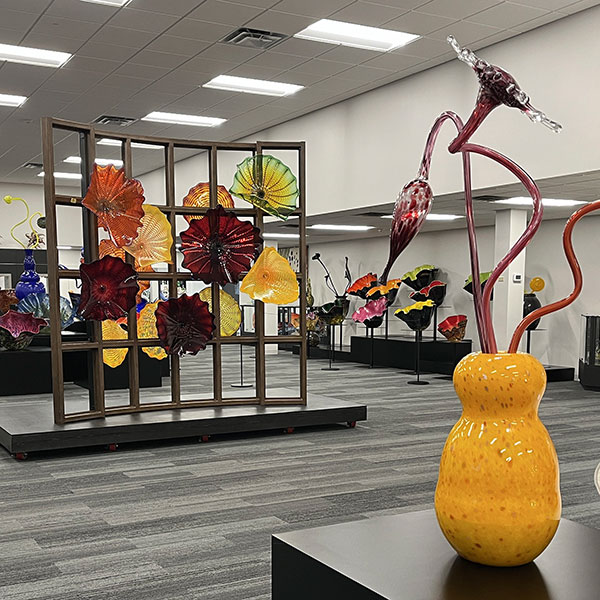
Hot Glass Gallery WMODA
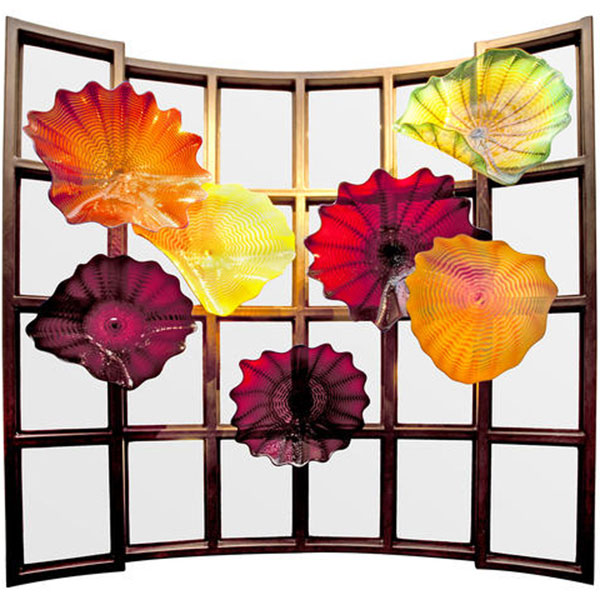
Chihuly’s Postrio Restaurant Installation
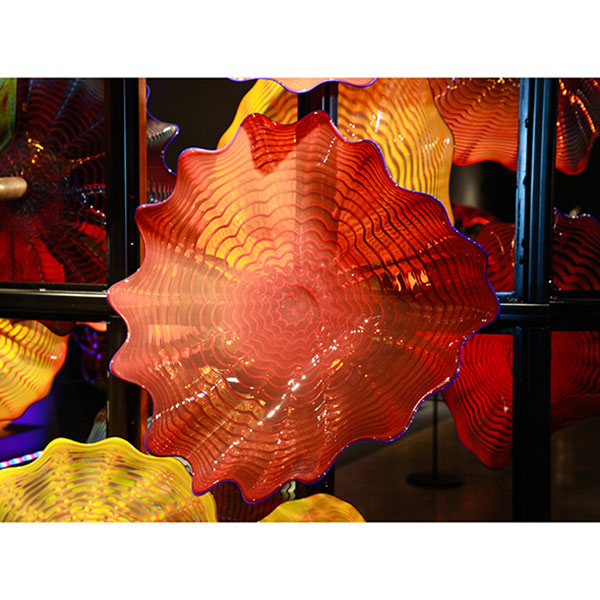
Chihuly Persian Wall Detail
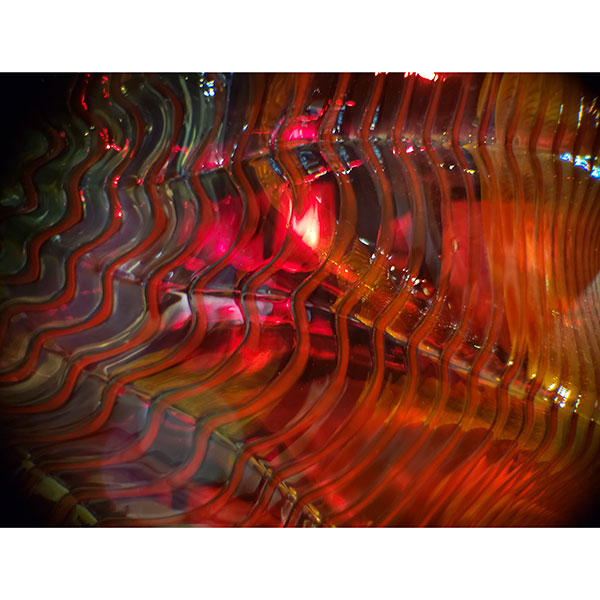
Chihuly Persian Wall Detail
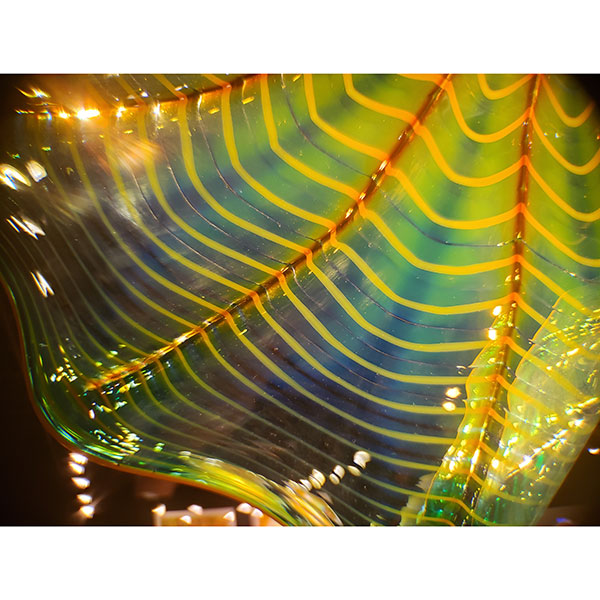
Chihuly Persian Wall Detail
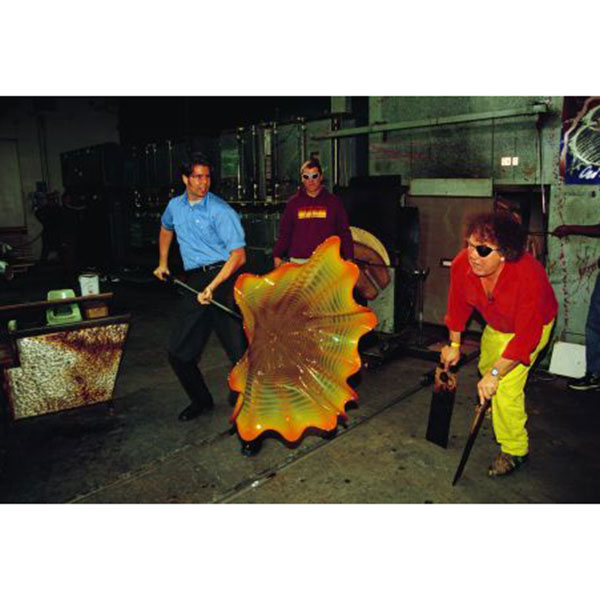
Chihuly team working on a Persian form
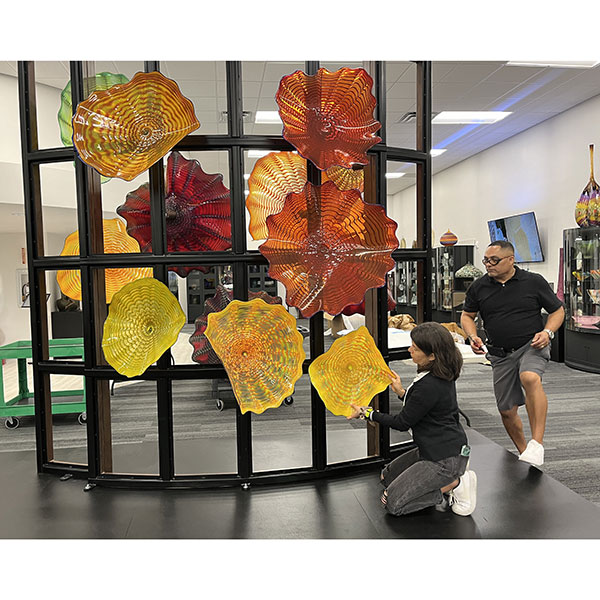
Cleaning the Chihuly Wall at WMODA
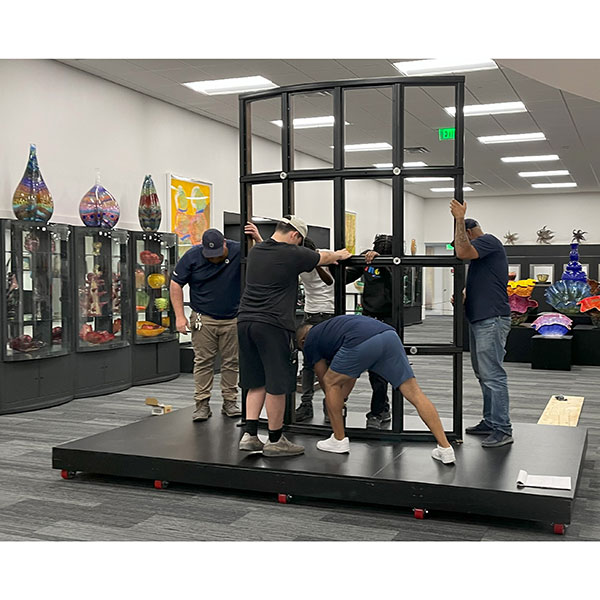
Erecting Chihuly Wall at WMODA
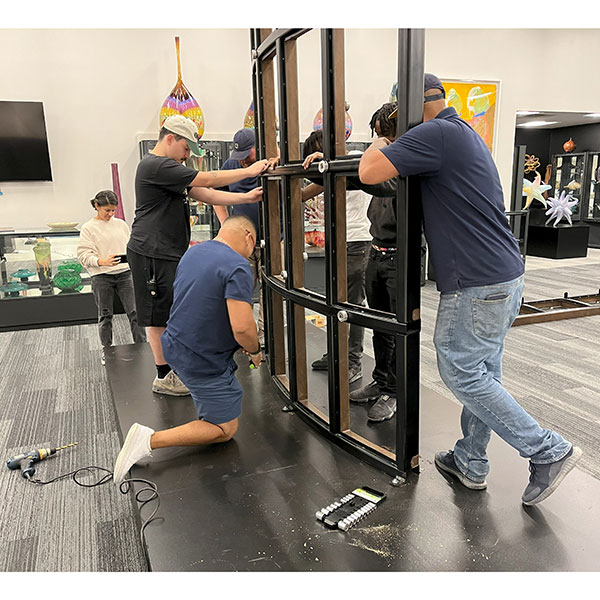
Luis and Team
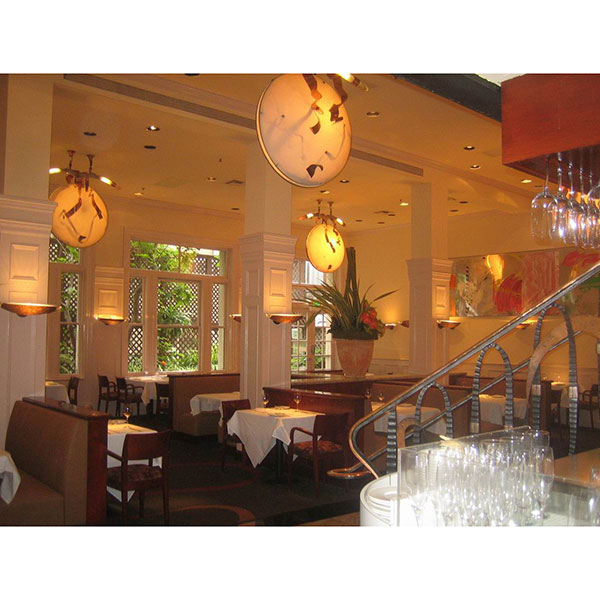
Postrio Restaurant
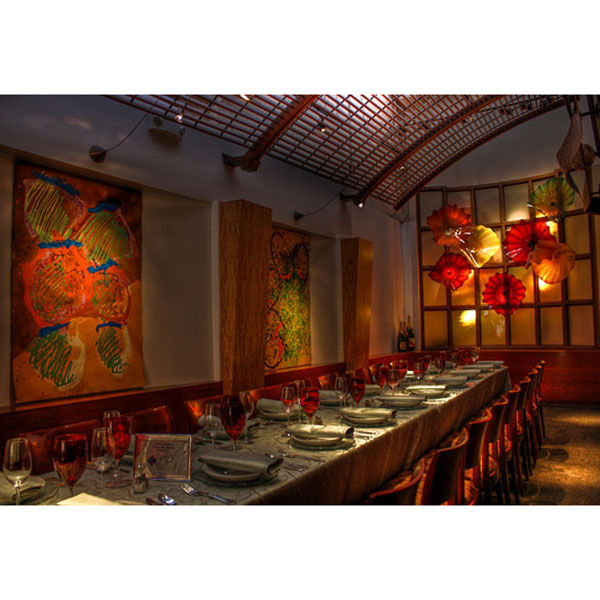
Chihuly Room Postrio Restaurant
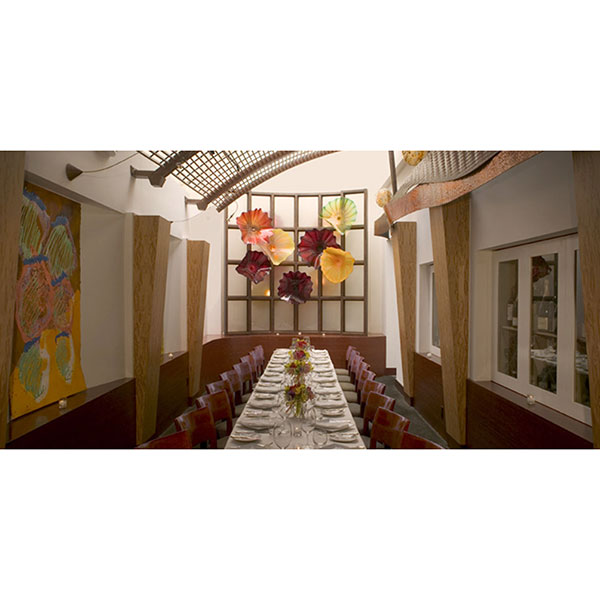
Chihuly Room Postrio Restaurant
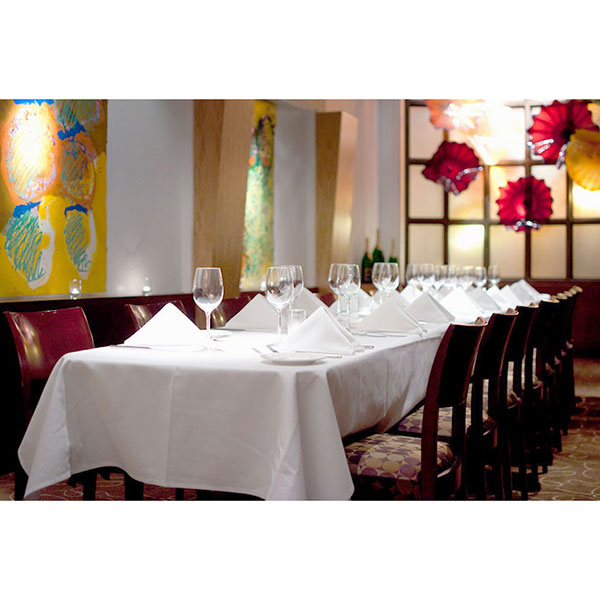
Chihuly Room Postrio Restaurant
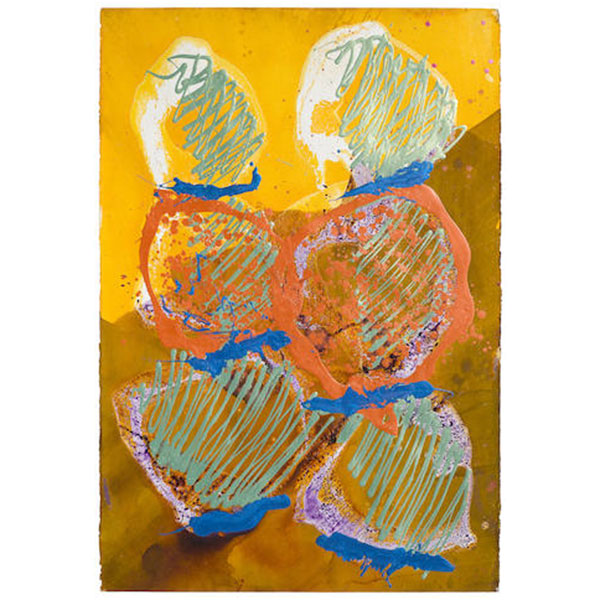
Chihuly Acrylic on Paper Painting

Chihuly Room Postrio Restaurant
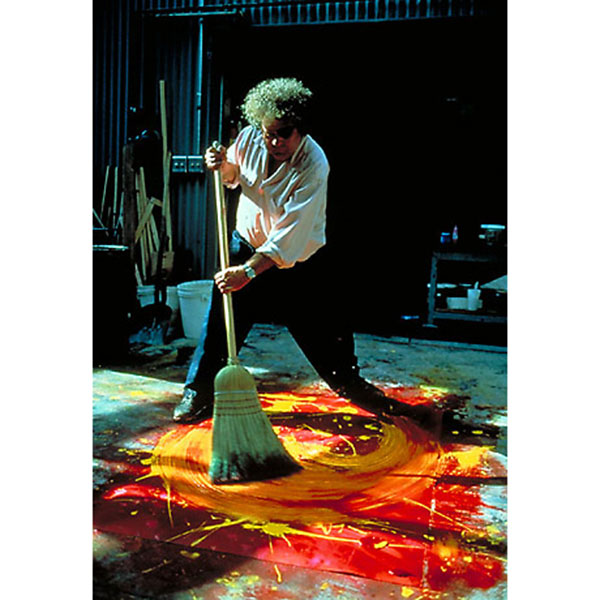
Chihuly Painting
